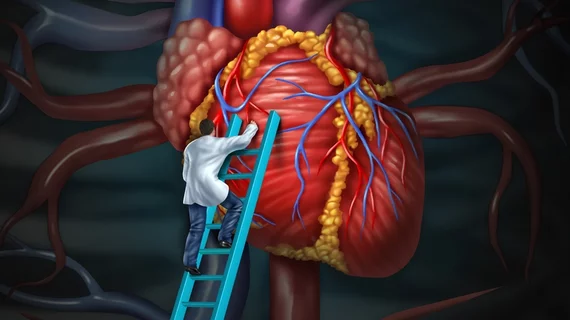AFib ablation is effective for HCM patients, leading to long-term rhythm control
Atrial fibrillation (AFib) ablation is an effective treatment option for patients with hypertrophic cardiomyopathy (HCM), according to new findings published in the Journal of the American Heart Association.
The study included 65 HCM patients undergoing either a catheter-based or surgical AF ablation at a single facility from 2007 to 2018. Each patient’s HCM diagnosis was confirmed by a team of specialists before the ablation occurred. Transesophageal echocardiography was performed before each procedure, allowing the care team to rule out intracardiac thrombi. The ablation strategy included pulmonary vein isolation (PVI) for all patients, and subsequent atrial tachycardias were ablated when necessary.
There were a total of 128 procedures performed on the study’s 65 patients. While 92.9% of procedures were catheter ablations, the remaining 7.1% were AFib surgeries. Atrial tachycardias—54 in total—were present in 25 patients.
Overall, 60% of patients demonstrated complete freedom from recurrences of AFib or atrial tachycardias. No recurrences occurred in 84.6% of patients with paroxysmal AFib or 52.9% of patients with persistent AFib. The mean follow-up period was 48.1 months after the initial procedure and 30.6 months from the patient’s final procedure.
“We conclude that AF ablation in patients with HCM is effective for long‐term rhythm control,” wrote lead author Leon Dinshaw, MD, a cardiologist at University Hospital Hamburg in Germany, and colleagues. “Especially patients with paroxysmal AF undergoing PVI have a good clinical outcome.”
Read the full study in the Journal of the American Heart Association here.

